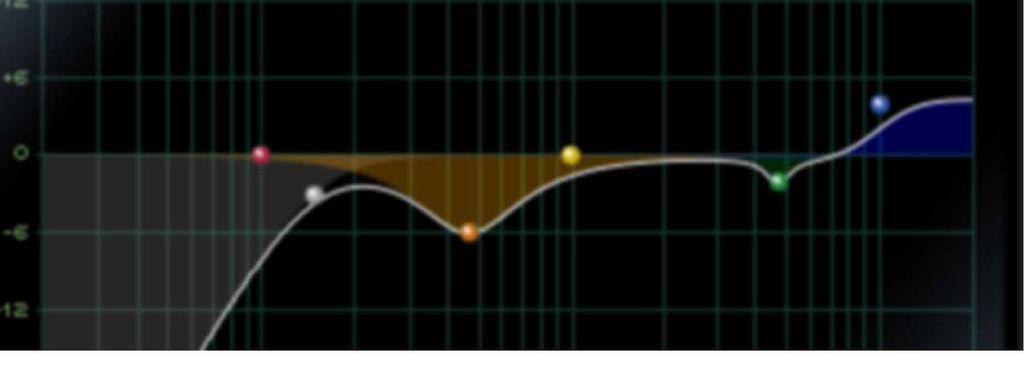PC Audio
Mar 12, 2018
4 minutes
Column: Martin Walker

Hands up all those who have ever spent hours comparing the effects of various EQ, compressor, exciter or other plug-ins? Yes, I thought so. Me too! Well, if you struggle to hear what (if any) change they’ve made to your audio, here’s a technique to help you decipher the difference.
When your audio has passed through a plug-in (or chain of plug-ins), removing the original signal and only listening to the changes made by the plug-in(s) can be a very educational experience. Suddenly you’ll be able to hear exactly how that EQ has modified your frequency response, how that compressor has altered the audio envelope and changed its transients, and
You’re reading a preview, subscribe to read more.
Start your free 30 days



